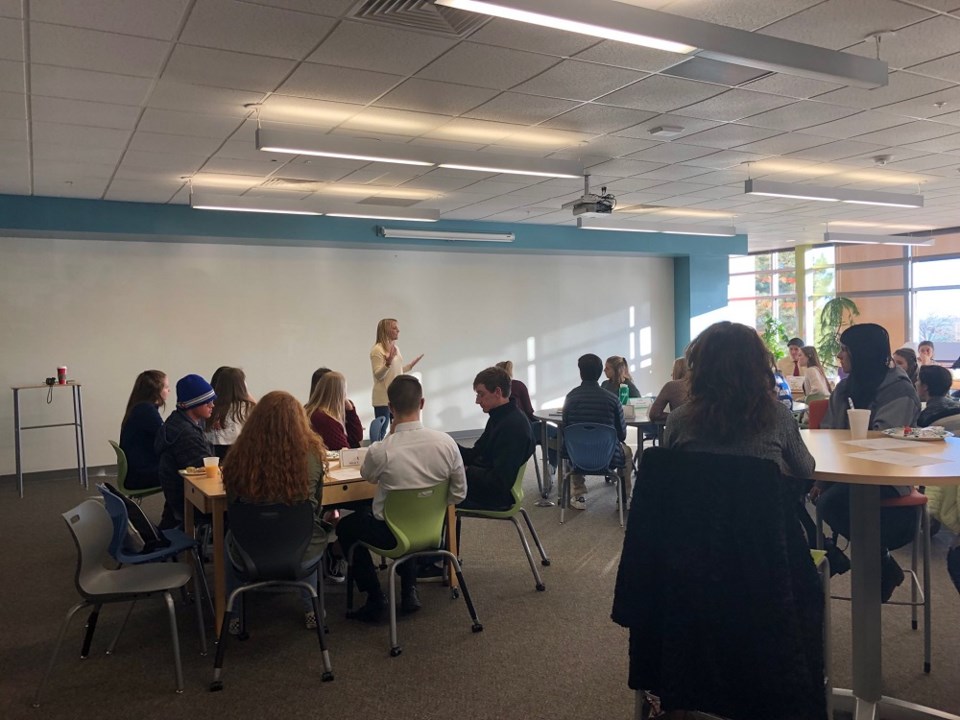This content was originally published by the Longmont Observer and is licensed under a Creative Commons license.
Community involvement, chronic absenteeism
The Student Advisory Committee collaborates with the SVVSD Board of Education and administration to establish and modify school guidelines, procedures
According to the SVVSD website, the committee “strengthens the student voice in the decision-making and problem-solving processes” of the school district.
“Students on the committee play a leadership role in their school communities, taking information back to their peers and sharing ideas with their school administrators and teachers,” said Jackie Kapushion, Ed.D, Deputy Superintendent at St. Vrain Valley School District, in a written correspondence. “As a whole, their voices represent each feeder system within St. Vrain Valley Schools and they provide input on programs and policies that impact all students in our system.”
Formed more than a decade ago by Dr. Don Haddad, Ed.D, Superintendent of St. Vrain Valley School District, the committee has made a significant impact over the years on things like graduation requirements and physical education requirements. Committee members have even served as state ambassadors for public education.
“The Student Advisory Committee is one way that students can play an active role in helping to shape programs and policies that will continue to strengthen our learning environments,” wrote Kapushion. “Their perspective and insight
New committee members, typically in their junior year, are selected by their respective principals and vice principals at the start of each academic year. Selection is based on academic performance, leadership skills, community involvement and the student’s willingness to act as a liaison between the student body and board of education. Once appointed, students typically sit on the committee for two years.
As part of their responsibilities, the Student Advisory Committee meets with at least one assistant superintendent and two board members six times per year. They also have an opportunity to present information as a student ambassador at board meetings.
“Policy implementation in the district is a two-way street,” said Kenny Frederick, a senior at Skyline High School serving on the committee, in a written correspondence. “While adults all have to agree on the correct course of action, students also have to find the policy agreeable otherwise the process of implementation is slowed down due to friction between the groups.”
Select members of the committee have also had the opportunity to attend and interact with other high school student leaders at the Colorado Association of School Boards Annual Convention.
“The Student Advisory Council has been a great experience for me,” wrote Frederick. “I've gotten to meet some truly phenomenal students and administrators.”
Kapushion noted that the students on the committee also benefit from developing leadership skills.
“My time on the Student Advisory Committee has given me a lot of insight into the 'going



